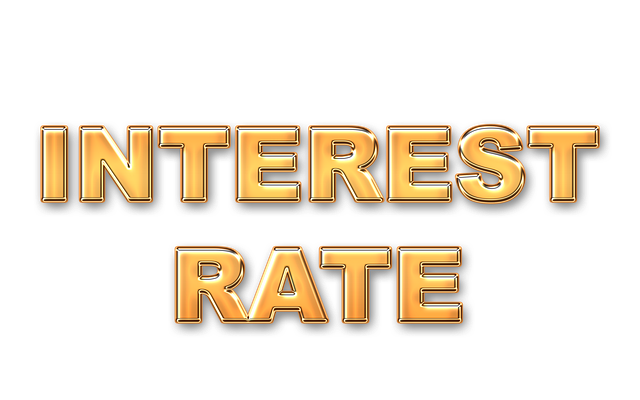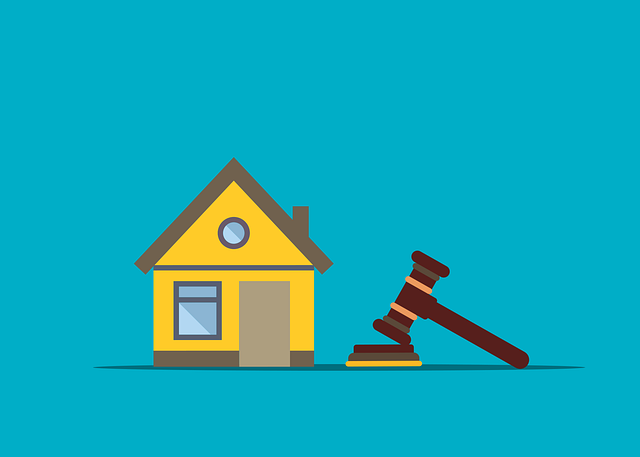Real estate mortgage affordability hinges on balancing income, debt, and market factors. Lenders use advanced tools to assess borrower stability, while strategic budgeting aids buyers in committing to long-term homeownership. Credit scores, down payments, mortgage programs, and location impact affordability. Building an emergency fund enhances financial security, crucial for navigating real estate's dynamic landscape.
In today’s competitive real estate market, understanding monthly payment affordability is crucial for aspiring homeowners. This article delves into the factors that determine mortgage payable amounts and offers practical strategies to enhance financial stability for homeownership. By exploring these aspects in detail, we aim to equip readers with insights to make informed decisions regarding their largest investment: their home.
Understanding Monthly Payment Affordability in Real Estate

In the realm of real estate, understanding monthly payment affordability is paramount for both buyers and lenders. It involves a nuanced balance between assessing an individual’s financial capacity and ensuring long-term sustainability. Factors such as income, existing debt obligations, and market fluctuations play significant roles in determining what constitutes an affordable monthly mortgage payment. Lenders employ various tools and models to gauge borrowers’ ability to consistently meet these payments over the lifetime of the loan.
This affordability assessment goes beyond mere numbers. It considers the broader economic landscape and individual circumstances, aiming to foster responsible lending practices that support stable homeownership. By striking a delicate equilibrium between financial comfort and prudent risk management, real estate professionals can navigate the complexities of monthly payment obligations, ensuring both buyer satisfaction and lender security.
Factors Influencing Mortgage Payable Amounts

Several factors significantly influence the payable amount for mortgages in the real estate sector. One key determinant is the borrower’s credit score, as a higher score often results in more favorable interest rates and lower monthly payments. Down payment amounts also play a crucial role; making a larger down payment can reduce the overall loan amount and decrease monthly instalments.
Additionally, the type of mortgage program chosen impacts payment affordability. Conventional mortgages typically have stricter requirements but offer better terms, while government-backed loans like FHA or VA mortgages may provide more flexibility in terms of initial costs and interest rates. Property location and market conditions also affect mortgage amounts; urban properties often have higher real estate values, leading to larger loan sizes and potentially higher monthly payments compared to suburban or rural areas.
Strategies to Enhance Homeownership Financial Stability

Homeownership is a significant financial commitment, and ensuring long-term affordability is crucial for stability. There are several strategies to enhance this stability in the ever-evolving real estate landscape. One key approach is budgeting and planning. Individuals should assess their income, fixed expenses, and discretionary spending to determine a comfortable mortgage payment. Effective budgeting allows for greater financial predictability and ensures that housing costs remain within reach.
Additionally, building an emergency fund can provide a safety net during unforeseen circumstances, such as job loss or medical emergencies, preventing these events from becoming financial disasters. Regularly reviewing and adjusting the budget is essential, especially when market conditions change or personal circumstances evolve. This proactive approach to financial management empowers individuals to navigate real estate transactions with confidence, fostering stability in their journey towards homeownership.






